http://www.wildbirdseeds.co.uk/lincs/index.php/whats-that-bird-mainmenu-7/34-wood-pigeon#sigProIde48366da09
Identification
Wood Pigeons can be identified in all plumages by the obvious white marks at the bend of the wings which show up in flight as diagnostic white lines down the middle of the wing. Another good feature is the neat white patch on either side of the neck, although juveniles lack this mark. Compared to other pigeons, the Wood Pigeon is bigger and more ponderous in flight with a deeper belly and a longer tail.
Habitat
Breeds in woodlands, scrub and hedges and increasingly, parks and gardens in towns. Winters in woodlands and often feeds on stubble fields.
Behaviour
Wood Pigeons seem ready to lay their eggs at a moment's notice. A bit of warm weather in February or October and suddenly some pigeons are sitting on eggs again. This opportunistic strategy could prove disastrous if the weather was to turn bad again so the pigeons are also notoriously willing to abandon their eggs at the slightest trouble. This is why their nests are so easily abandoned after being found by birdwatchers; rather than persevere with a site that may be known to a predator they just start again and can be sitting on another pair of eggs within days.
Migration
Northern populations are migratory, moving to France and Iberia for the winter, but temperate birds are resident.
For more details click here
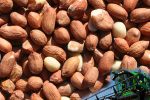

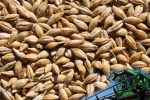
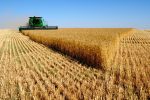
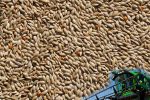

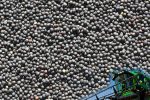
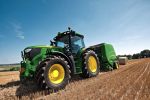

 What you feed is very important, there is a huge range of products you can feed
What you feed is very important, there is a huge range of products you can feed